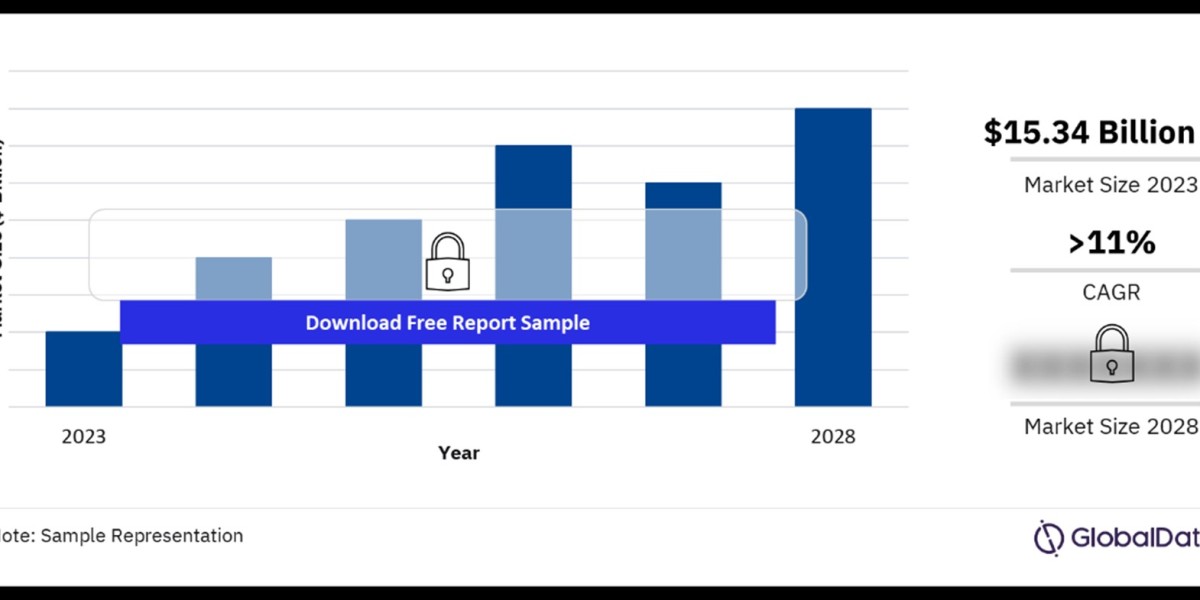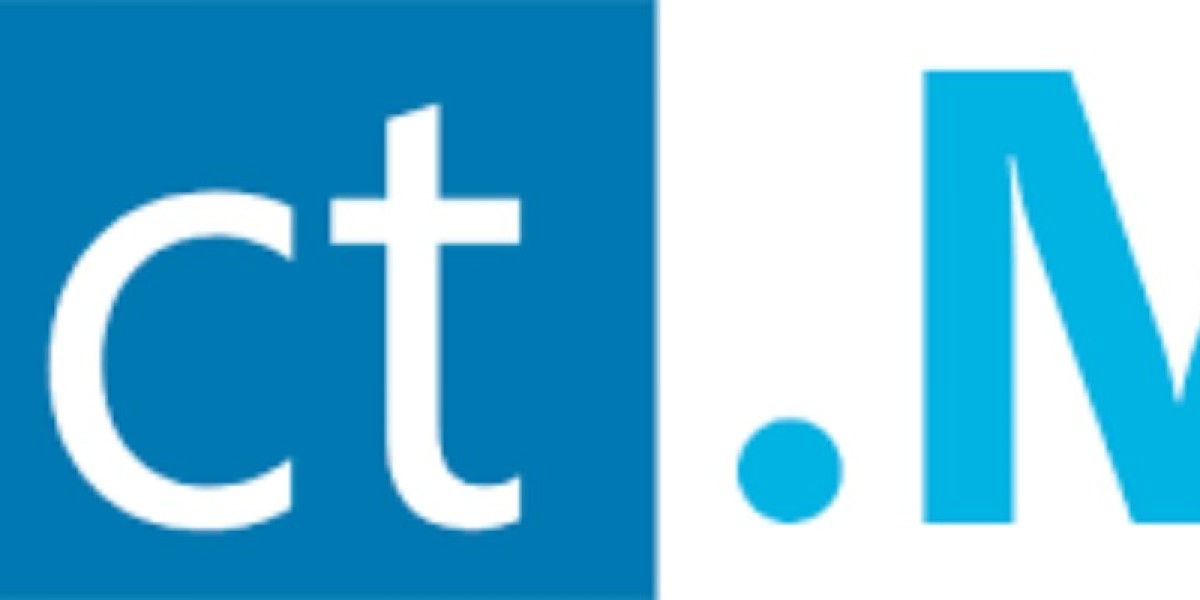The Europe LED lighting market has been experiencing rapid growth over the past few years, driven by the increasing demand for energy-efficient lighting solutions. LED (Light Emitting Diode) technology has become the standard choice for residential, commercial, and industrial lighting applications across Europe, offering numerous benefits such as reduced energy consumption, longer lifespan, and lower maintenance costs. This article delves into the key trends, growth drivers, challenges, and future outlook of the Europe LED lighting market.
Market Overview
The LED lighting market in Europe is projected to continue its robust growth, with a compound annual growth rate (CAGR) of around 10% from 2023 to 2030. The market is expected to reach a value of over USD 30 billion by 2030, up from approximately USD 15 billion in 2023. The increasing adoption of LED lighting across various sectors, including residential, commercial, industrial, and public infrastructure, is a major contributor to this growth.
Key Trends Shaping the Europe LED Lighting Market
- Energy Efficiency and Sustainability Initiatives
- European countries are at the forefront of global efforts to reduce carbon emissions and improve energy efficiency. Governments across Europe are implementing stringent regulations to phase out traditional lighting technologies, such as incandescent and fluorescent bulbs, in favor of more energy-efficient LED lighting solutions.
- Smart Lighting Solutions
- The rise of smart cities and the growing popularity of smart home automation systems are driving the demand for connected LED lighting. Smart LED lights can be controlled remotely via smartphones, tablets, or voice assistants, offering users enhanced convenience, energy savings, and customization options.
- Innovation in LED Technology
- Continuous advancements in LED technology are leading to the development of more efficient, cost-effective, and aesthetically pleasing lighting solutions. Innovations such as tunable white LEDs, human-centric lighting, and organic LEDs (OLEDs) are gaining traction in the European market.
- Increasing Focus on Indoor Agriculture
- The trend towards indoor farming and vertical agriculture is boosting the demand for specialized LED grow lights. These lights are designed to provide the optimal light spectrum for plant growth, leading to higher yields and reduced energy consumption in indoor agricultural operations.
Growth Drivers
- Government Regulations and Incentives
- The European Union’s directives on energy efficiency, such as the Energy Performance of Buildings Directive (EPBD) and the Ecodesign Directive, are encouraging the adoption of LED lighting. Additionally, government incentives and subsidies for energy-efficient retrofitting projects are further driving market growth.
- Rising Consumer Awareness
- Consumers in Europe are becoming increasingly aware of the environmental and economic benefits of LED lighting. This awareness is translating into higher demand for LED products, particularly in the residential sector.
- Declining LED Prices
- The cost of LED lighting has decreased significantly over the past decade, making it more accessible to a broader range of consumers and businesses. This price reduction, coupled with the long-term cost savings associated with LED lighting, is fueling market expansion.
- Urbanization and Infrastructure Development
- Rapid urbanization and the ongoing development of public infrastructure across Europe are driving the demand for energy-efficient lighting solutions. LED lighting is being widely adopted in street lighting, public buildings, transportation hubs, and other infrastructure projects.
Challenges
- High Initial Costs
- While LED lighting offers long-term savings, the initial investment can be higher compared to traditional lighting options. This can be a barrier for small businesses and low-income households.
- Compatibility Issues
- In some cases, existing lighting infrastructure may not be compatible with LED technology, requiring additional investment in retrofitting or upgrading.
- Market Saturation
- In certain mature markets within Europe, the penetration of LED lighting is already high, leading to slower growth rates in those regions. Companies need to focus on innovation and differentiation to maintain their competitive edge.
Future Outlook
The future of the Europe LED lighting market looks promising, with continued growth expected across all sectors. The shift towards smart, sustainable, and human-centric lighting solutions will be a key driver of market evolution. Additionally, the integration of LED lighting with renewable energy sources, such as solar power, is likely to open up new opportunities for growth.
Buy the Full Report for More Insights into the Europe LED Lighting Market Forecast







